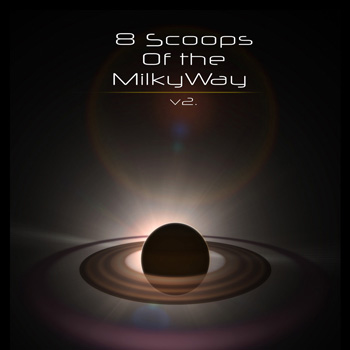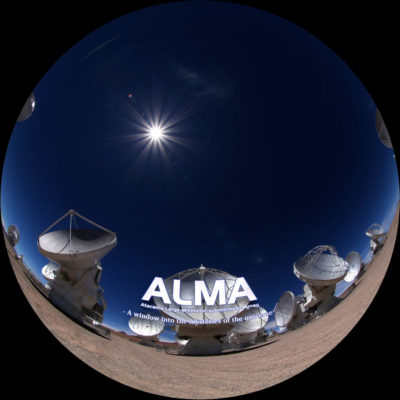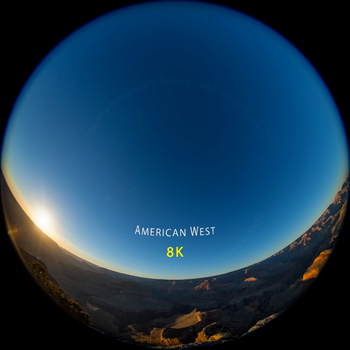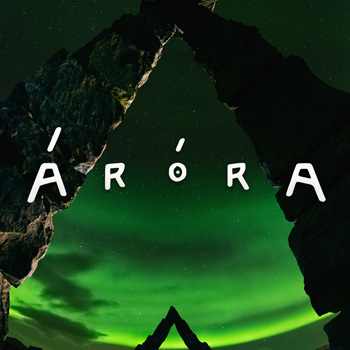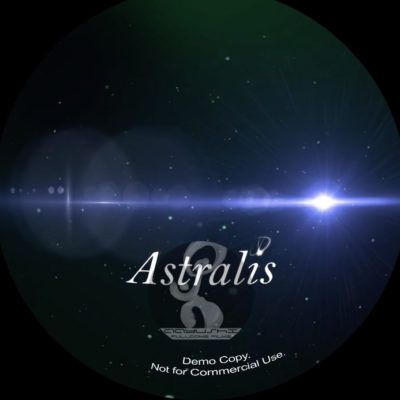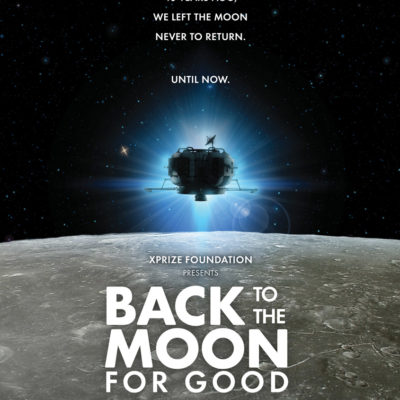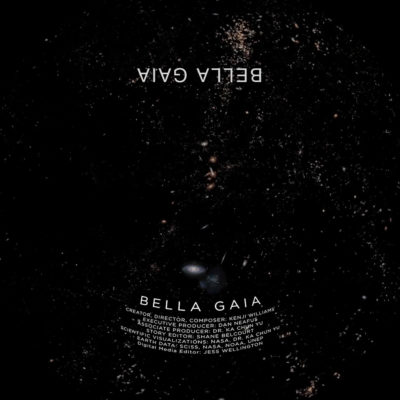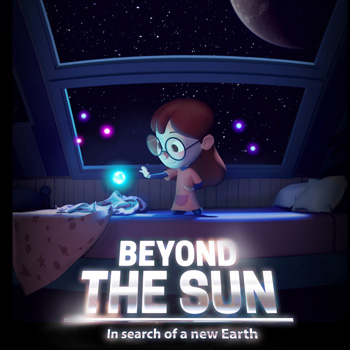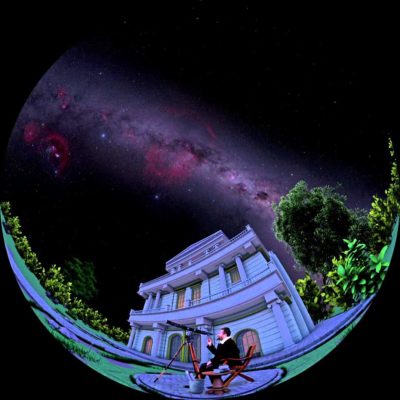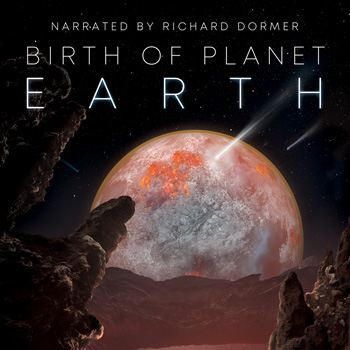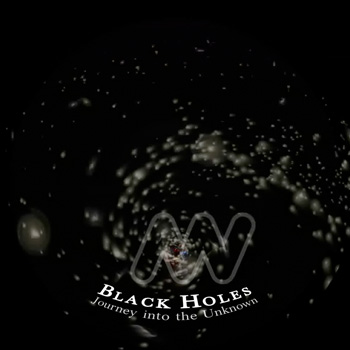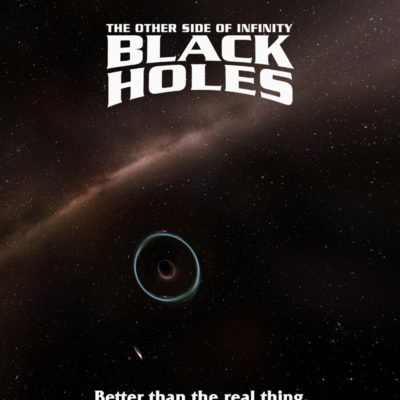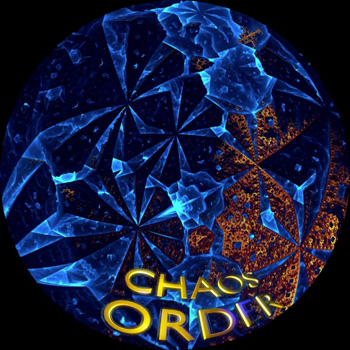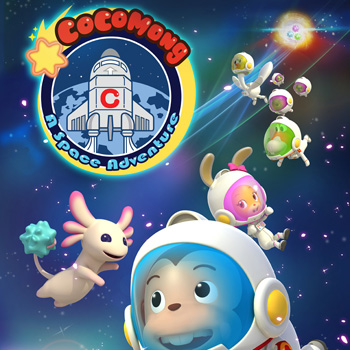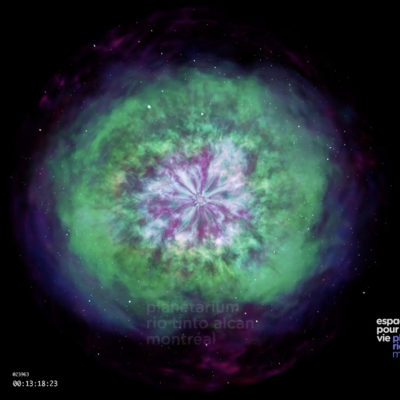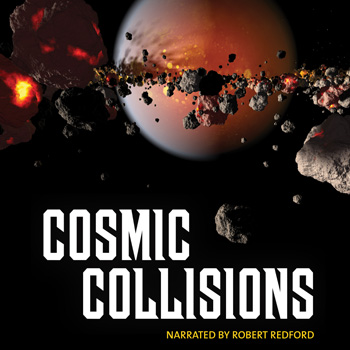

In the side arm of spiral galaxy Milky Way we share a small home with a fascinating neighborhood of 8 wondrous Planets and a powerful Sun. These Planets are so different from each other that they hardly can be called from one family, yet they create a perfect harmony. From the burning Sun, lava-ish surface of Venus to the huge stormy belts of Jupiter or the unimaginably beautiful eclipse of Saturn, 8 Scoops of Milky Way is full of never seen footages meant for dome theaters that make you feel the uniqueness and beauty of our Solar system.
American West 8K shows real starry nights of American West. You can sit in the planetarium and travel to famous places such as the Grand Canyon, Arches, Monument Valley, and etc.
This film was produced with 8K ultra high resolution using several cameras. Your theater is not 8K? It still looks great at 6K and 4K.
American West 8K is a fulldome short film for planetariums and digital dome theatres.
Amigos is an incredible journey to the inside of the human body, where the audience will not only learn what the different parts of the body are and where they are situated, but also how to look after it and keep it healthy through hygiene tips, a good diet and a healthy life style in general.
An immersive fulldome experience about the beauty of Auroras.
Take a journey across time and space to understand the science behind the phenomena and to experience the stories of our ancestors.
Guided by the lullaby of the Dawn Goddess, this cinematic adventure invites the audience to join the dance of these eerie lights over remote Icelandic landscapes.
For planetariums and digital dome theatres.
The show is about the life cycle of Stars. From the birth of star in a stellar nursery to its journey towards a black hole or supernova, Astralis explains these phenomena in a very easy narrative. With the eye catchy visuals and lovely music, the show works for all age groups including school audience.
In March 2015, a team from the Montreal Rio Tinto Alcan Planetarium travelled to Yellowknife in the Northwest Territories to spend many frigid nights filming no fewer than 179,000 images of the northern lights in 360°. The crew had the perfect conditions to observe these shimmering waves of light beneath a clear sky far from sources of light pollution. In these northern regions, aurorae borealis are visible 240 nights a year on average.
The show opens with the first era of space exploration in the late 1960s and early 1970s. We see what that era of landers and orbiters taught us about our nearest neighbor including the discovery of the Moon’s origin, composition, structure, and the accessibility of raw materials on its surface.
Scientific research suggests that our neurochemistry opens the door to cognitive learning through emotional and right-brain engagement, and without creating this deeper, memorable experience, the human brain does not learn. Humans absorb what they feel not what they are taught, and this is what drives action. After one Bella Gaia show, NASA funded survey results show a 90% conversion rate in audiences reporting a greater understanding of our earth, and a more than doubling in the response of people who feel a more personal relationship with the Earth in their personal lives (31% -> 64%).
Bella Gaia captures the Overview Effect*, using satellite imagery of Earth, time lapses, cultural heritage footage, NASA data visualizations, dance, and an award-winning customized musical score to present a spectacular journey around the planet that illuminates the connections between natural systems and human activities through an immersive storytelling method threaded by an orbiting flight path from the International Space Station.
Bella Gaia transforms complex scientific data into an accessible audio-visual experience to expand public understanding of global challenges we face and inspire audiences to act as stewards for our shared resources.
A “Living Atlas” journey of our planet, Bella Gaia creates a direct experience and connection with the creative forces of Earth. Bella Gaia‘s powerful methodology transcends politics or belief systems and has been proven so effective that astronauts say the experience is an accurate simulation of space flight, NASA funds Bella Gaia‘s education program on Earth Science & Environmental Responsibility, and climate change skeptics have been converted after seeing one show.
The Bella Gaia program offers customized solo or ensemble performances, often paired with online engagement activities and educational workshops to deepen cognitive learning. In live presentations to over 200,000 individuals of all ages worldwide, audience members report that the Bella Gaia experience leads to a significant change in their personal perspective of Earth and a better grasp of how humans impact it.
* “The Overview Effect: Space Exploration and Human Evolution,” Author: Frank White.
Celeste is fighting off sleep by reading a book on astronomy when, through her bedroom window, she receives a visit from MOON and his mischievous helpers.
Moon calls his helpers to order and then turns to Celeste to ask her if she likes to look at the sky. Celeste brags that she knows all the planets. The specks of light laugh and Moon clarifies to her that she knows all the planets that orbit one star, the Sun, but that there are many, many more stars in the universe.
“And those stars also have planets?,” asks Celeste. Exoplanets, corrects Moon, that is what we call the planets that orbit other stars. Would you like to explore them?
With the aid of his helpers, Moon leads Celeste on a journey through the universe to discover what an exoplanet is and how it can be detected. Together they observe rogue planets, oceanic worlds, and super-Earths. Moon tells her about exoplanet hunters, astrophysicists who, from different points on the planet, observe the sky in search of a planet like Earth.
A new Earth! Celeste is excited. Out there, says Moon, there may be a star like our Sun, and orbiting around it, at the same distance as the Earth, a planet that has oceans, jungles, and – who knows? – civilizations.
Celeste is ready to go look for it right away, but Moon reminds her that she needs to get some rest first. Before she falls asleep, Celeste asks Moon if he will come back to visit her again.
“Do you like whales?,” Moon asks the girl. “I love them!,” responds Celeste, and she drops off to sleep. Then we will see other again soon, promises Moon, before leaving with his helpers.
Birth of Planet Earth is a planetarium fulldome show that tells the twisted tale of our planet’s origins.
Scientists now believe that our galaxy is filled with solar systems, including up to a billion planets roughly the size of our own.
The film employs advanced, data-driven, cinematic-quality visualizations to explore some of the greatest questions in science today: How did Earth become a living planet in the wake of our solar system’s violent birth? What does its history tell us about our chances of finding other worlds that are truly Earth-like?
Produced by Spitz Creative Media, NCSA’s Advanced Visualization Lab, Thomas Lucas Productions, Inc., in association with Tellus Science Museum. This project has been made possible with support from the Commonwealth of Pennsylvania and the Greater Philadelphia Film Office; funded in part by the National Science Foundation.
Witness what would happen if you got too close to one and see how a black hole is able to warp time and space. No longer the stuff of science fiction, the discovery of the black hole has been a triumph of modern science, an incredible journey from imagination to reality.
Seen by millions worldwide, Black Holes: the Other Side of Infinity features high-resolution visualizations of cosmic phenomena, working with data generated by computer simulations, to bring the current science of black holes to the dome screen. Audiences will be dazzled with striking, immersive animations of the formation of the early universe, star birth and death, the collision of giant galaxies, and a simulated flight to a super-massive black hole lurking at the center of our own Milky Way galaxy.
Astronomers today are exploring the universe on a grand scale. But knowing what’s out there is just the first step. Putting the pieces together to unlock the mysteries of the universe is the ultimate goal.
Narrated by Academy Award winning actor Geoffrey Rush, discover the new astronomy being carried out under the breathtaking skies of the Australian outback. What new things will we learn about the Cosmos?
Described only in books, Cocomong dreams of what it would be like to really travel through space. And then all too quickly Halley appears out of nowhere! To protect the last remaining star ball, the alien kid from Titan makes an emergency landing on Fridge Land. His parents were kidnapped by Virus King who plans to rule the universe once all the stars balls are put together. Halley needs the help of Cocomong and his friends to save his parents and get the other star balls back, but Titan is further away than Mars or Jupiter, and nearer to Saturn. Will our rescuers be able to travel all the way safely? “We’ll never know until we get there!,” says Cocomong as they embark on a rescue mission and so begins their adventure through space.
Imagine yourself lying in the grass in the countryside on a beautiful summer night, watching the stars … This odyssey through the beauty and mystery of the cosmos is accompanied by a mesmerizing soundtrack composed of selected symphonic works by Philip Glass. Audiences will feel as though they’ve been catapulted through the Earth’s atmosphere and into space, where they’ll find themselves marveling at the endless wonders of the Universe.
Cosmic Collisions, narrated by award-winning actor, director, and producer Robert Redford, features stunning images from space and breathtaking visualizations. Cosmic Collisions reveals the explosive encounters that shaped our solar system, changed the course of life on Earth, and continue to transform our galaxy and universe.
Cosmic Collisions launches visitors on an awe-inspiring trip through space and time—well beyond the calm face of the night sky—to explore the hypersonic impacts that drive the continuing evolution of the universe. Cosmic Collisions focuses on the full range of collisions, from catastrophic planetary impacts and the merging of massive galaxies to the continual explosions occurring in the center of the Sun and the incessant barrage of small ionized particles in the solar wind ricocheting off Earth’s magnetic field creating other-worldly conditions called “space weather.”

